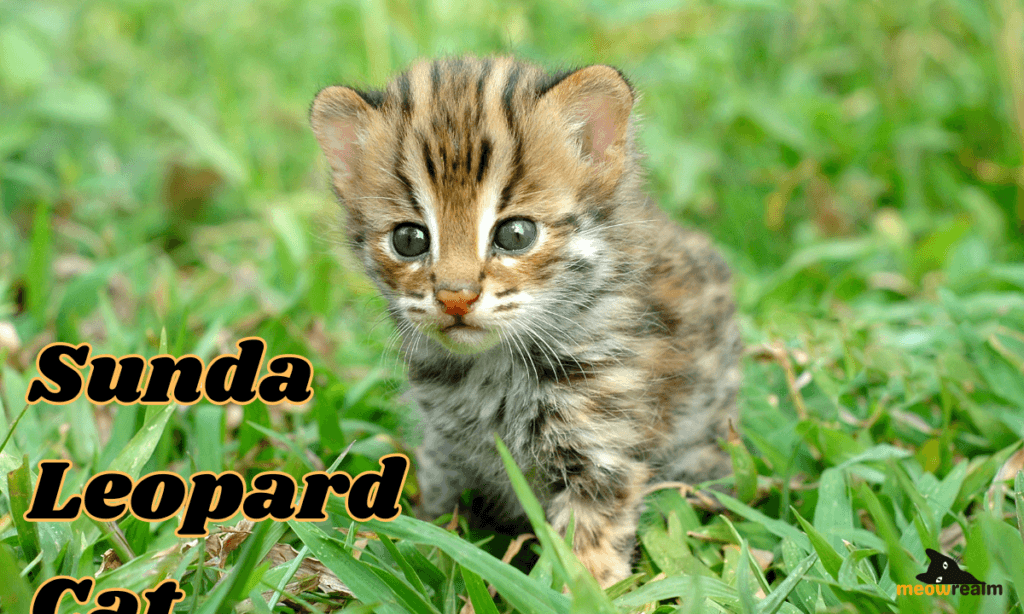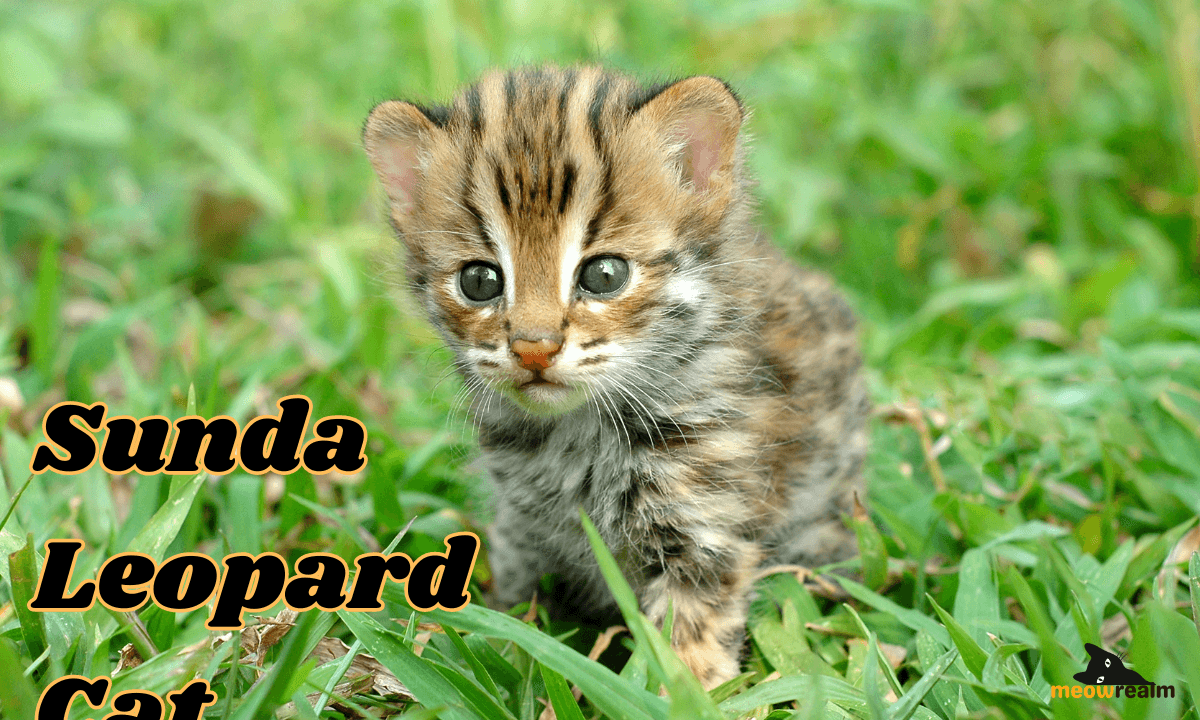The Sunda Leopard Cat (Prionailurus javanensis) is a small wild cat species native to the Sundaland islands of Southeast Asia. This elusive feline is known for its distinctive appearance and adaptability to various habitats. In this article, we will delve into the characteristics, habitat, behavior, and conservation status of the Sunda Leopard Cat.
Characteristics of the Sunda Leopard
The Sunda Leopard Cat is a slender, small wild cat with a head-body length ranging from 38.8 to 66 cm and a tail that is about half the length of its body. It weighs between 0.55 to 3.8 kg. The fur of the Sunda Leopard is marked with black spots of varying sizes on a background that can range from light grey to ochre tawny. The cat’s small head features two prominent dark stripes and a short, narrow white muzzle. The ears are moderately long and rounded, with black backs and central white spots.
Habitat and Distribution
The Sunda Leopard Cat inhabits the islands of Sumatra, Borneo, Java, Bali, Tebingtinggi, Palawan, Negros, Cebu, and Panay. It thrives in lowland tropical evergreen forests but has also adapted to human-modified landscapes such as rubber, oil palm, and sugarcane plantations. This adaptability allows the Sunda Leopard Cat to survive in various environments, from dense forests to agricultural areas.
Behavior and Diet
The Sunda Leopard Cat is primarily nocturnal, meaning it is most active during the night. It is a solitary animal, with individuals coming together only for mating. The diet of the Sunda Leopard Cat consists mainly of small mammals, birds, and insects. Its hunting skills are enhanced by its slender body and long legs, which allow it to move swiftly and stealthily through its habitat.

Conservation Status
The Sunda Leopard Cat is currently listed as Least Concern on the IUCN Red List. However, its population is threatened by habitat loss due to deforestation and agricultural expansion. Conservation efforts are crucial to ensure the survival of this unique species. Protected areas and wildlife reserves play a significant role in preserving the natural habitat of the Sunda Leopard Cat.
Adaptations and Survival
One of the most remarkable features of the Sunda Leopard Cat is its ability to adapt to different environments. This adaptability is evident in its varied diet and the range of habitats it occupies. The Sunda Leopard Cat’s webbed toes are another unique adaptation, allowing it to swim efficiently and hunt in waterlogged areas.
Importance in the Ecosystem
The Sunda Leopard Cat plays a vital role in its ecosystem as a predator. By controlling the population of small mammals and insects, it helps maintain a balanced ecosystem. Its presence indicates a healthy environment, as it requires a diverse and abundant prey base to thrive.
Threats and Conservation Measures
Despite its adaptability, the Sunda Leopard Cat faces several threats. Habitat destruction due to logging, agricultural expansion, and urbanization poses significant risks. Additionally, hunting and trapping for the pet trade and fur industry further threaten its population. Conservation measures such as habitat protection, anti-poaching efforts, and public awareness campaigns are essential to safeguard the future of the Sunda Leopard Cat.
The Sunda Leopard Cat is a fascinating and resilient species that highlights the rich biodiversity of Southeast Asia. Its unique characteristics, adaptability, and role in the ecosystem make it a vital part of the natural world. By understanding and protecting the Sunda Leopard , we contribute to the conservation of our planet’s precious wildlife.
In this article, we have explored the Sunda Leopard characteristics, habitat, behavior, and conservation status. By raising awareness and supporting conservation efforts, we can help ensure the survival of this remarkable species for future generations.

